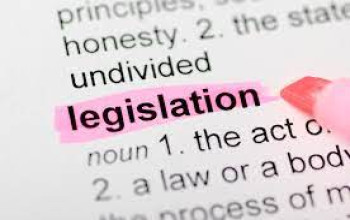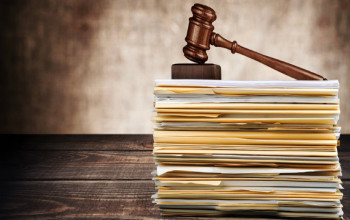Al-Dujail: Unfair Trial of Saddam
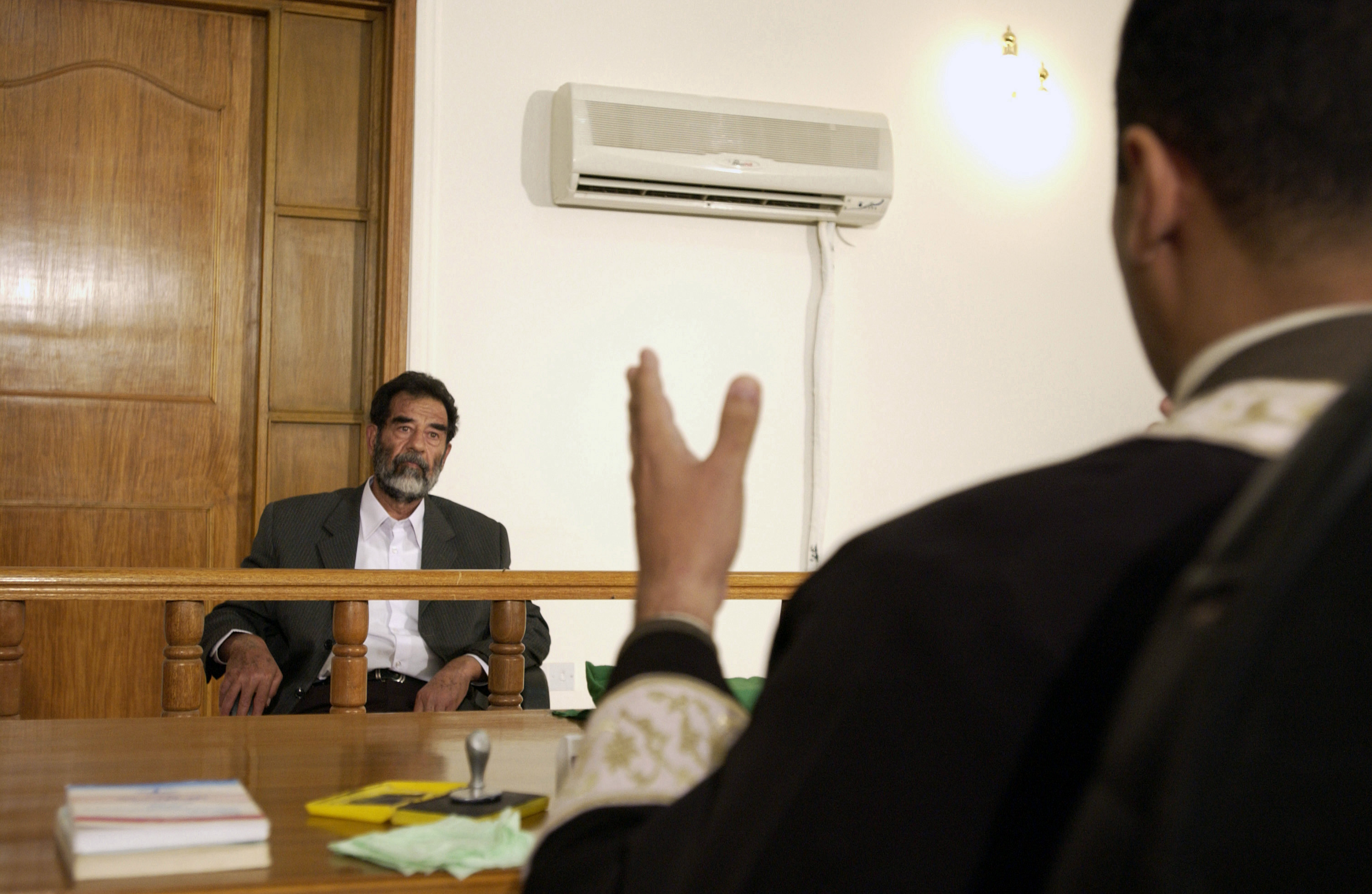
This is a case study analysis of the trial involving the prosecution of the former Iraqi President Saddam Hussein.
Background
The former president Saddam Hussein was executed at the dawn of 30th December 2006, a day before the auspicious occasion of Eid-Al-Adha after being found guilty on the charges of crimes against humanity. Crimes against humanity are defined as certain acts which are deliberately carried out as a part of a widespread or systematic attack directed against a civilian population with knowledge of the attack. The death sentence had been pronounced on 5th November 2006, by the sitting judges of the Iraqi High Tribunal (IHT hereinafter).
Indictment
The Dujail trial was the first in a series of seven criminal prosecutions Saddam Hussein was scheduled to face. Dujail was the site of a 1982 massacre of 148 members of Shia community who Saddam suspected of being involved in an assassination attempt against him. Additionally, Saddam was defendant in six other charges including alleged genocide in Halajiha (killing around 180,000 Kurds), killing of various religious figures during 1974 and lynching of his political opponents. The most visible international charge against him was the Iraqi illegal invasion of Kuwait on 1990. However, it is important to note here that he was not charged with the possession of Weapons of Mass Destruction, a long-standing allegation against the former president. In fact, former CIA agent John Nixon, the first man to interrogate Saddam Hussein after his capture, said that “It quickly became clear that he had not developed weapons of mass destruction and that Iraq’s nuclear weapons program had ended years ago”.
Subsequent to the conclusion of the Dujail trial, the IHT began Saddam’s second trial to assess his culpability in the Anfal campaigns against the Kurds. However, before the Anfal trial could conclude, Saddam was executed, leading to Anfal charges being dropped against him. The IHT convened in Bagdad on the 19th October 2005 for the Dujail trial entitled Case No.1. “On the same day, the tribunal issued its first statement alleging that hundreds of the al-Dujail residents were detained following the firing shots at the motorcade of the defendant Saddam Hussein. Further to this incidents, six-hundred eighty-seven (687) persons were detained out of which one- hundred- eighty-four (184) of the detained were referred to the Revolutionary court, which condemned them to death after a brief trial. Another three hundred and ninety-nine persons (399), all of whom were women, children, and elderly men, were detained in the desert Lia camp close to the Saudi borders, where they spent four years before their release. Another forty-six persons (46) died in prison as a result of corporal and psychological torture during investigation”.
The statement issued by the IHT did not list the detailed charges against the defendants including Saddam Hussein, however it indicates that the presiding judge informed the defendants that they were indicted under the Articles 12 and 15 of the Iraqi Law No 10 of 2005. The charges were: premeditated murder, false imprisonment, forcible expulsion of residents, destruction of agriculture land and confiscation of the victim’s land and orchards. These two articles were drafted keeping in view the Article 7 & 21 of the Rome Statute of the International Criminal Court. Whilst Article 12 of the Law N0. 10 of 2005 defines crimes against humanity, Article 15 defines the individual criminal responsibility.
Was IHT the appropriate forum for Saddam’s trial?
The setting up of the IHT had a brief political history behind it. Following the capture of Saddam Hussein after the second United States invasion on 13th December 2003, US and its allies wanted to ensure that Saddam is put on trial, for the atrocities he committed during his years as president. However, the fall of Saddam’s government also meant that the Iraqi judicial institutions collapsed. The Iraqi Governing Council authorized by, in cooperation with and subjected to the approval of the Coalition Provisional Authority (CPA) led to the formation of the IHT on December 10, 2003. It consisted of Iraqi Members selected by the CPA. Moreover, despite of being tried under the Iraqi domestic legal system, there were a number of international elements that were engrained as a part of the functioning of the IHT in order to give it an international flavor. For example, the definition of most of the crimes that the tribunal had the power to try were based on settled international definitions and the judges had the authority to rely on international cases to decide the case. Therefore, it was clear that the Iraqi’s wanted his trial essentially to be dealt with by Iraqis’, a view shared by members of the Governing Council.
However, there was widespread skepticism amongst the members of the Iraqi judicial system about the ability of the Iraqi justice system to conduct such a complex trial. Additionally, the surmounting international and local pressure to try Saddam expeditiously made it all more difficult. It is also argued that given the nature of the crimes alleged against Saddam, it warranted for an international participation in trying a man who was accused with crimes of global nature. Whilst the Transitional Government consolidated its control over Iraq’s internal affairs however, there are legitimate concerns which cast doubts about the judicial independence of the IHT and the way Saddam’s trial was conducted.
Firstly, there were challenges levelled at the court concerning its fundamental legality. There is little doubt about the fact that the United States was directly involved through the Department of Defense’s Regimes Crimes Liaison Office in the installation of the tribunal and the training of the judges. It was also involved in providing resources and training court staff for investigation and gathering evidence. Additionally, the statute under which the IHT functioned was formulated by the US lawyers. Therefore, the huge US influence in setting up the IHT made it possible for them to control the performance of the IHT and use it as a tool to extend its illegal occupation in Iraq. Secondly, the credibility of the judges who were appointed to deal with Saddam’s case was also in question. Whilst their knowledge and skills were praised by US experts who chose and trained them but given the complexity attached with matters of crimes against humanity and genocide, they surely did not possess the same skills as somebody who worked in this area for years. Thirdly, members of the Ba’ath party were excluded from employment at the IHT which gave rise to legitimate concerns of bias in deciding the case. Moreover, there were strong allegations against the interim Prime Minister Ayad Allawi at that time of attempting to take ‘political control’ of the court, which in fact extended to the selection of judges as some were either political appointees or activists who saw it is as an opportunity to settle old scores with Saddam Hussein and the Ba’athist regime.
Therefore, it is fair to say that perhaps IHT was not the appropriate forum for Saddam’s trial especially under the new dispensation which was set up shortly after the occupational war in Iraq. Moreover, given the seriousness of the allegations against him including that of illegal invasion of Kuwait, warranted him to be tried at the International Criminal Court (ICC) at The Hague. This is because much like Saddam Hussein, Slobodan Milosevic, the former president of Yugoslavia was also accused of abusing their own people and crimes against humanity. Therefore, responding to the seriousness of the crime he was tried at the ICC which followed international standards of justice.
Whether the conditions existed for a fair trial?
The fairness of Saddam’s trial will be discussed through the prism of evidence and procedure of the trail, the non-legal conditions prevalent at that time and the likely impact those conditions had on the final outcome of the trial.
Evidence and Procedure
At the time of Saddam’s trial (and still) Iraq was a part of the International Convention for Civil and Political Rights (ICCPR). Article 14 of the ICCPR sets out numerous basic minimal requirements for a fair trial which includes the presumption of innocence until proven guilty, right of the accused to be informed promptly of any charges against him and the right of receive a trial without undue delay. However, in case of the Dujail trial neither Saddam nor his lawyers were informed about the charges in a timely manner which was in direct contravention of Article 14(3a) ICCPR. Furthermore, the Iraqi Criminal Procedure, which was applicable during the trial, did not require the guilt of the accused to be proven beyond reasonable doubt as is typically required in almost all the common law jurisdictions and in the ICC. Instead the IHT would return a guilty verdict purely “based on the extent to which it is satisfied by the evidence presented”. Moreover, the interpretation and the application of the crimes listed under the IHT’s jurisdiction were extremely vague which kept them open to arbitrary interpretations.
So far as the evidence against Saddam is concerned, it is argued that no substantial evidence was adduced which would directly implicate Saddam Hussein with crimes against humanity and ethnic cleansing. This is because the prosecutors did not conduct a full-length investigation into the matter and no such information was made available to the court. Instead, IHT relied on reports from the residents of Dujail who hated Saddam. Therefore, information from unreliable sources was used to try Saddam Hussein of serious criminal charges. IHT also refused to use legal testimonies used by the old Iraqi court during the 1982 trial. All these events casts doubt upon the credibility of evidence used in the trial.
Non-legal conditions and its impact
After the invasion of Iraq by the coalition forces and the capture of Saddam, the situation in Iraq was very chaotic. In wake of this, many problems arose especially with regards to the highly instable security situation as hardly any day would pass without a terrorist attack. It soon became evident that the non-legal conditions surrounding Saddam’s trial were not reassuring of a fair trial to be conducted. Due to the highly insecure situation, the IHT became heavily reliant upon coalition forces and foreign personnel which was perceived as bias and having an own interest at stake in the proceedings. Moreover, since the trial began, the political pressure from the transitional government became unbearable, so much so that many judges ended up quitting the bench. Three chief judges were dismissed from the trial chamber because their conduct was seen as displeasing to the government officials. During the course of the whole trial three lawyers representing Saddam and his co -defendants were kidnapped and killed by the Mahdi Army, a Shiite militia. Furthermore, 23 of the 29 witness who testified against Saddam had their identities hidden and the defense lawyers were never given an opportunity to cross examine them and assess the credibility of their evidence. IHL also failed to provide defense lawyers with international criminal texts in Arabic which rendered them unprepared to properly defend Saddam Hussein. According to Ramsey Clark, one of the defense lawyers who represented Saddam Hussein, the Iraqi government officials publicly pronounced him guilty even before the court pronounced its verdict. He said that it did not matter who the judge was, the Iraqi politicians were already predetermined to find Saddam guilty.
To sum up, it can be said that there is no doubt about the human rights abuse which took place during his reign however, the question which history will always ask is whether Saddam Hussein received a fair trial and whether the outcome of his trial would have been different had he been tried by an international court like the ICC. Amidst the huge controversy which marred his trial one thing is clear that he did not receive a fair trial. Therefore, the only lesson that one could learn from his trial is that true justice is not something that which can be delivered through flawed judicial processes, but it can only be achieved through extensive judicial inquiries which are free from any political and ideological greed.
Related Topics
More on Legislation.pk
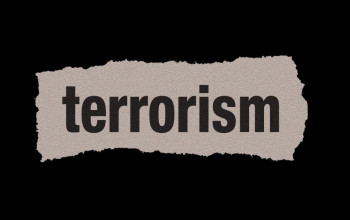
Added: The Anti-Terrorism Amendment ...
The Anti-Terrorism (Second Amendment) Act 2020 was added to the site.The Anti-Terrorism (Third Amend...
Legislation News
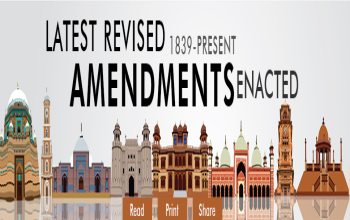
Welcome to legislation.pk
WelcomeThis is a test post. If you can see this it means the article news system is operational. All...
Miscellaneous

Updates: Anti-Money Laundering Act 2...
Anti-Money Laundering Act 2010 has been added to the site with all updates and amendments. This act ...
Legislation News
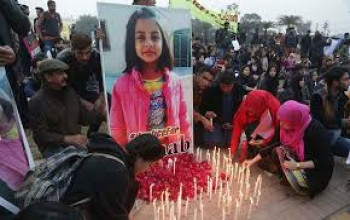
Added: The Zainab Alert, Response an...
In January 2018, a seven year old girl named Zainab was abducted, raped and murdered in city of Kasu...

